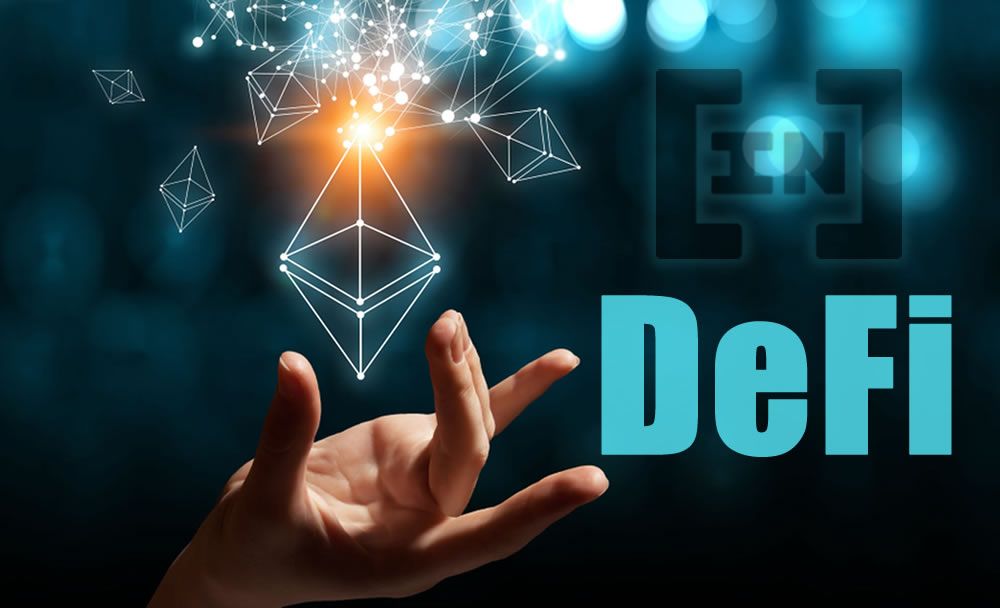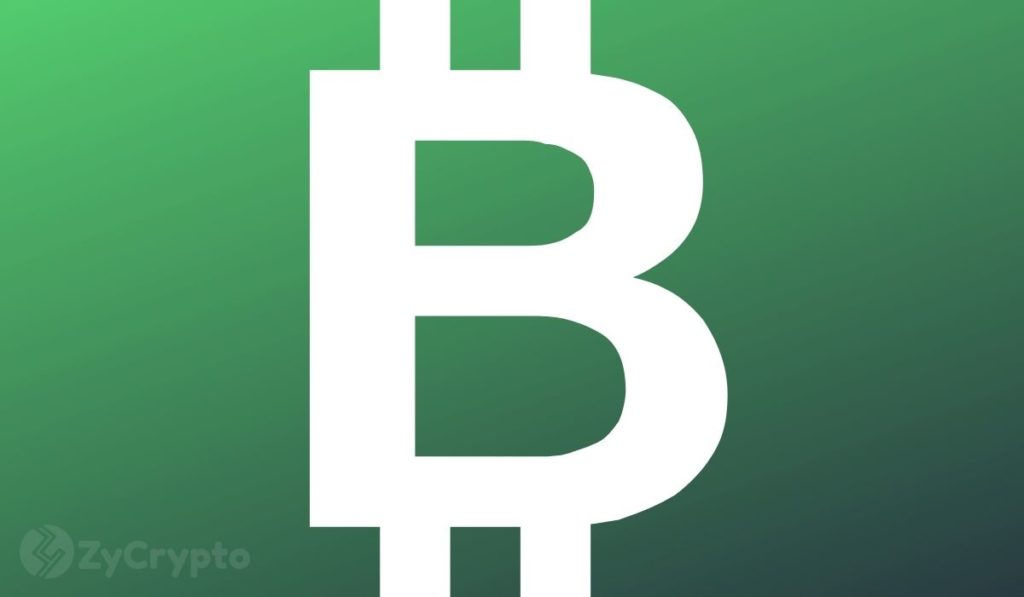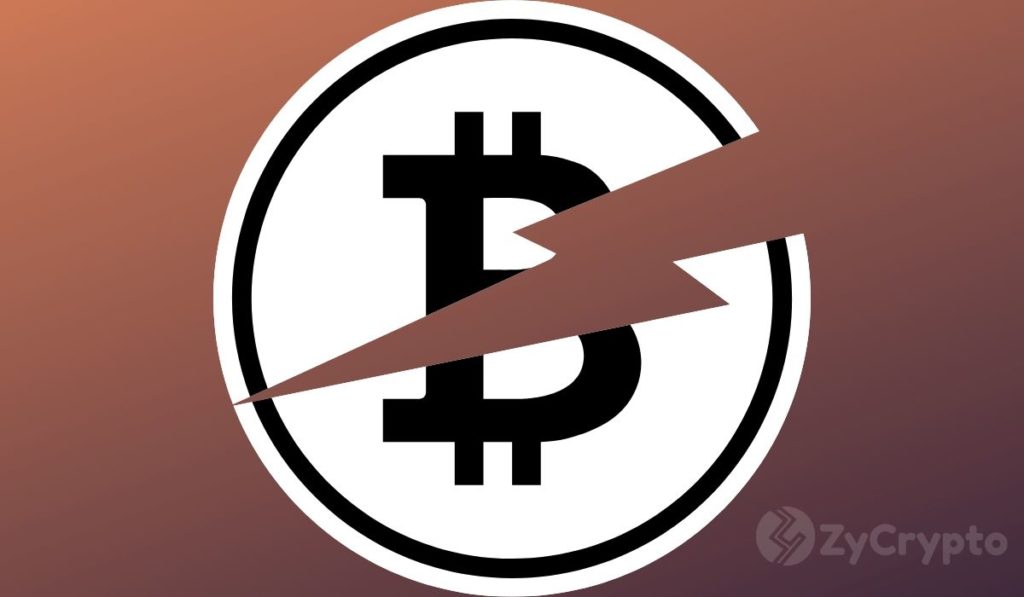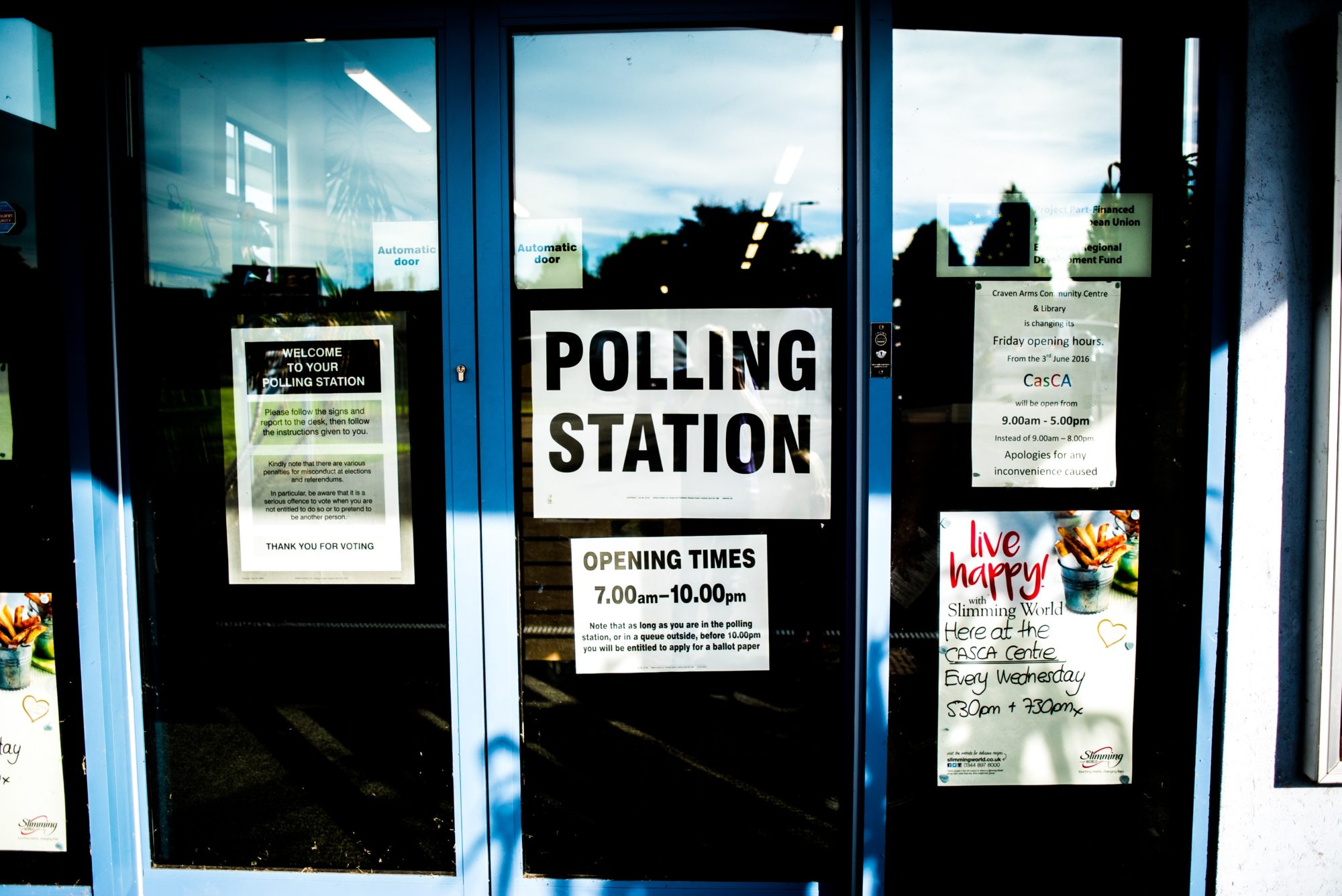2020-11-28 14:02 |
Many of us in the field of digital voting have noticed a drastic shift in public discourse throughout this past year. Supporters and skeptics alike have become increasingly vocal, and it seems more and more people are forming an opinion on the topic. The question is shifting away from whether or not digital voting will become widespread in the next decade and instead rests on how this shift will happen.
Part of the motivation for this discussion stems from a clearer picture of the problems that we hope to move away from — namely, voter suppression, low turnout, and slow and costly election infrastructure. This past year, marked by the COVID-19 pandemic, has taught us that we must be prepared to exercise democracy through any and all conditions.
Beyond this reaction to the problems inherent in our current voting systems, however, is a vision of an entirely different governance model with deeper citizen participation and engagement.
What if blockchain voting could enable us to self-organize in a democratic and participatory manner at a larger scale than ever before? With secure, anonymous, universally-verifiable, and extremely user-friendly voting from a mobile phone, such a shift is possible.
Debunking blockchain voting mythsUnfortunately, fear of blockchain voting systems is at an all-time high. Many critics, including authors of a recent paper from the MIT Medialab’s Digital Currency Initiative, point to very real problems with the technology that will have to be addressed. But many also inflate these problems, fall into common misconceptions, and mistakenly declare blockchain voting irredeemable.
Let’s break down some of these myths.
Blockchain voting can’t be anonymousMyth
One of the most prevalent myths about blockchain voting is that it precludes voter anonymity. For a system, which relies solely on blockchain, this is true. And anonymity is certainly a challenge.
Reality
But as my colleagues and I at the digital voting project Vocdoni point out in our reply to the aforementioned MIT paper, this requirement is achievable. The technology for breaking the link between a voter and their individual ballot, while preserving verifiability, already exists (with some room for improvement).
Blockchain voting can’t be as secure as paper-ballot votingMyth
Skeptics of blockchain voting systems tend to point out the vulnerabilities of closed-source solutions which rely on blockchain but include centralized, trusted components. They also point out other weaknesses like hardware vulnerabilities.
Reality
There’s no reason a blockchain voting system can’t be fully open-source, publicly auditable, and distributed among trustless decentralized components. As mentioned above, this technology already exists and provides complete verifiability for each vote from the time it leaves a voter’s phone to the publishing of results.
One of the ongoing challenges to the security of such a system is users’ phones themselves. Many point out that it’s impossible to verify that a device is uncompromised, and this is technically true.
Mitigation measures such as encrypted and separated storage, multi-factor authentication, and password keylogger protection significantly reduce the attack surface, but any mobile solution would ultimately rely on the security of the underlying operating systems. This is something to be improved upon, not to be cast away as hopeless. With each mitigation measure attacks become more difficult to employ and less scalable.
Blockchain voting brings more coercion and vote buyingMyth
As elections go digital, the potential for coercion and vote buying increases dramatically. Attacks become easier to scale and automate. Many believe that this problem is inevitable and indefensible.
Reality
While coercion and vote buying are major issues, there are several innovations that could mitigate or eliminate the threat.
First, a system could allow voters to amend their votes during an election period (before votes are counted). Someone who is coerced into voting a certain way could later change their vote.
Second, vote verification could be designed to allow users to prove they own a certain vote only until an election ends, at which point anyone could generate a proof for any vote. This would make it much more difficult for users to prove their vote to a nefarious outside party.
And third, ongoing efforts are promising: while it is not yet implemented, research shows theoretical backing for a design, which would anonymize the content of each ballot, effectively making it impossible for a voter to prove their vote in exchange for a reward.
Political challengesPerhaps the greatest roadblock to the adoption of blockchain voting is its human component. News media has a tendency to over-state the risk of fraud in our current systems, and this would only increase with further digitization.
Early-adopters of the technology would take a huge reputational risk. Furthermore, the potential democratization of governance that makes blockchain voting so inspiring might be the very reason many governments shy away from it.
This challenge can only be tackled through persistent advocacy for better democratic methods. We must highlight the power of blockchain voting to enable a participation model that goes far beyond sparse general elections.
The good news is that there are already several national and local governments, such as Switzerland and Estonia, with extensive records of successful digital voting processes. And we believe this trend will grow in the coming years. We need to make sure that — as the use of digital voting expands — it is done with the best technology available.
What’s Next?Blockchain voting is certainly an uphill battle. Each of these concerns is a mix of real-world challenges and widely-held misconceptions that need to be teased out from each other and addressed.
But we believe that we have solved the core issues at hand, and what we need now is time, iteration, and testing. Just like paper-ballot voting systems, which initially had to overcome many of the same problems, blockchain voting must evolve and improve over the course of its use.
It cannot be overstated that there are challenges inherent in any digital voting system, and blockchain will never be an easy, catch-all solution. Rather than shying away from this difficulty, in a world where digital voting is likely inevitable, we should design systems with our aspirations in mind.
NOTE: The views expressed here are those of the author’s and do not necessarily represent or reflect the views of BeInCrypto.
Written by Nate Williams, a recent graduate and full-stack developer at Vocdoni, an e-voting project built on open source technologies including Ethereum, zk-SNARKs and IPFS.
The post Blockchain Voting is Possible: Dispelling Myths & Fears appeared first on BeInCrypto.
origin »RSK Infrastructure Framework (RIF) на Currencies.ru
|
|
















